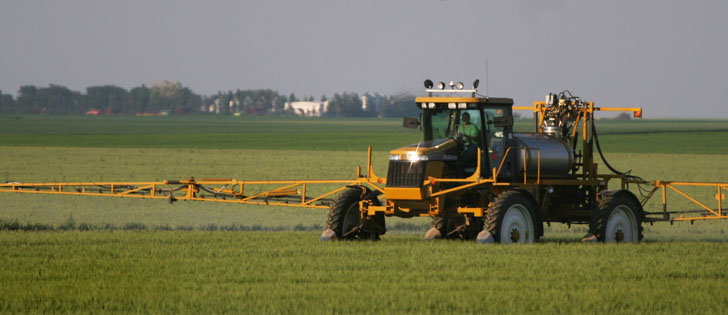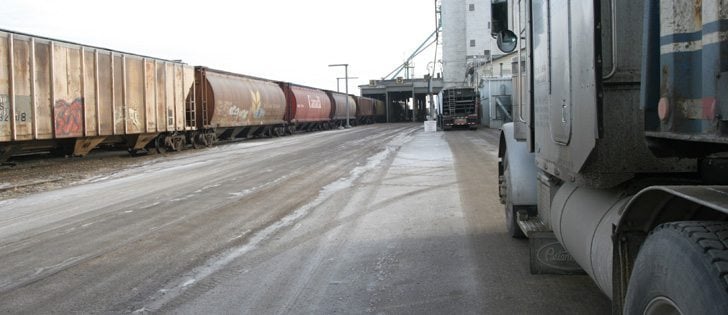Many farms are getting bigger and are looking for opportunities to expand.
With significant increases in land prices over the past few years, some farmers are buying land farther from the homestead, sometimes in neighbouring provinces, where prices may be lower.
Farming in two different provinces has operational challenges and needs to be planned.
However, there are also tax issues that should be considered.
Each province has a different tax rate. Although the differences may not seem large, they can have significant effects on a farm’s bottom line.
Read Also

Organic farmers urged to make better use of trade deals
Organic growers should be singing CUSMA’s praises, according to the Canadian Chamber of Commerce.
It can be beneficial to consider different ways to set up operations to ensure you are allocating the maximum income possible to the province with the lower tax rate.
To determine the appropriate tax treatment for an interprovincial operation, farmers need to first consider the concept of permanent establishment.
A permanent establishment is a fixed place of business and includes
an office, a branch, a farm, a workshop or a warehouse.
It can also exist if you have an employee established in another province who has the authority to approve business transactions or you have substantial machinery or equipment in another province at any time in the year.
Farmers must pay tax in every province in which they have a permanent establishment.
If you operate an interprovincial farm and are considered to have a permanent establishment, your farming income will need to be split among the provinces.
If your homestead is in Alberta but some of your farmland and operations are in Saskatchewan, a portion of your total net income for the year will be taxed in Alberta and a portion will be taxed in Saskatchewan.
The question then becomes, how much income should be taxed in each province?
Allocation is based on a comparison of the salaries and wages paid at each location to the gross revenues earned at each location.
The government has set a prescribed formula that uses wages and gross revenues to determine the allocation of net income to each province.
It is important to note that when land in another province is leased and considered a permanent establishment, the gross revenue arising from the lease shall then be income allocated to that province.
It is possible to carry on business in another province without having to pay tax there.
For example, selling inventory to a buyer from a different province would not automatically require the income earned from the sale to be taxed in that province. A permanent establishment has to be present before tax in another province can be applied.
This determination isn’t a black or white issue, however, so discussing your operations with an adviser will ensure you are being taxed appropriately.
Various business structures and tax planning concepts can allow you to take advantage of provinces with lower tax rates.
As well, it is important to remember that interprovincial tax planning is specific to each operation and there is no set plan that applies to everyone.
Be careful to consider all the additional costs associated with any tax plan, which will ensure that any tax savings that are received are not undone by the administrative costs created.
Colin Miller is a chartered accountant and senior manager in KPMG’s tax practice in Lethbridge. Contact: colinmiller@kpmg.ca.














